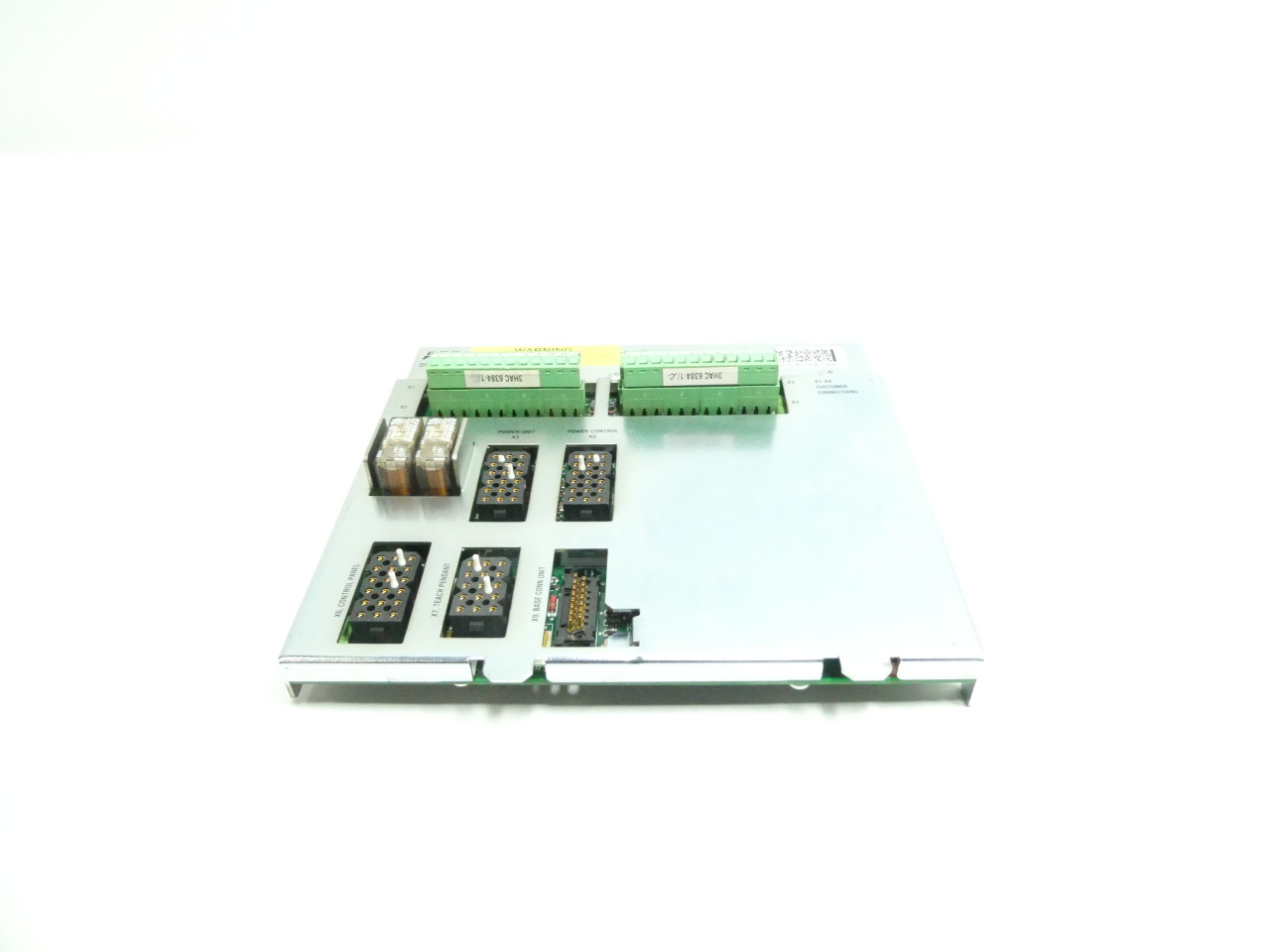MITSUBISHI FXAOM01AD

MITSUBISHI FXAOM01AD: Revolutionizing Industrial Automation
Introduction
At AE Automation System Parts, we specialize in integrated industrial system solutions, striving to bring efficiency and innovation into every industrial process. Among the key components that fuel this innovation is the MITSUBISHI FXAOM01AD, a crucial part of the FX series designed to enhance automation capabilities in various applications.
Importance in Electrical Engineering
The MITSUBISHI FXAOM01AD is a vital component in the field of electrical engineering. Understanding its functionality and specifications is essential for engineers who aim to create safe and efficient automation systems. This unit is designed to comply with IEC 60947-2, which sets the standards for low-voltage switchgear and control gear. Compliance with these standards ensures that the FXAOM01AD operates safely, reducing the risk of electrical failures and enhancing overall system reliability.
Technical Specifications
The MITSUBISHI FXAOM01AD features a range of technical specifications that make it a standout choice for automation solutions:
- Input Voltage: 24V DC
- Power Consumption: 100 mA
- Operating Temperature: -10°C to +55°C
- Storage Temperature: -25°C to +70°C
- Dimensions: 90mm x 60mm x 20mm
- Weight: 100g
- Standards Compliance: IEC60947-2
- Protection Class: IP20
These specifications ensure that the FXAOM01AD is not only robust but also versatile for various industrial applications. Its ability to operate efficiently under a wide range of temperatures makes it ideal for environments that experience fluctuations.
Applications in Industrial Automation
The applications of the MITSUBISHI FXAOM01AD in industrial automation are extensive. This component is widely used in:
- Manufacturing Processes: It can control and monitor machines, enhancing productivity and reducing downtime.
- Material Handling: The FXAOM01AD facilitates automation in conveyor systems, ensuring seamless operation.
- Robotics: It integrates with robotic systems to provide precise control, improving accuracy in tasks such as assembly and packaging.
Moreover, the unit plays a significant role in renewable energy applications, particularly in:
- Solar Power Systems: It can manage the performance of solar inverters and optimize energy storage.
- Wind Turbines: The FXAOM01AD ensures that turbines operate efficiently and safely, maximizing energy output.
- Energy Management Systems: It aids in monitoring and controlling energy usage, contributing to sustainability efforts.
Conclusion
The MITSUBISHI FXAOM01AD is more than just a component; it is a cornerstone of modern industrial automation and a critical element for the future of renewable energy. With its adherence to IEC 60947-2 standards and its diverse applications, it stands as a testament to the advancements in electrical engineering. At AE Automation System Parts, we are committed to providing complete automation solutions that leverage the latest technologies, ensuring that industries can operate efficiently and sustainably. For more information about our products and services, visit systemautoparts.com.


